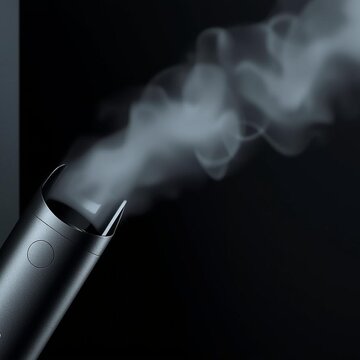The 2025 Nobel Prize in Chemistry has been awarded to Susumu Kitagawa, Richard Robson, and Omar M. Yaghi for their enlightening work on metal-organic frameworks (MOFs). These crystalline, highly porous systems usher in a new age of molecular engineering. The innovation that may help address pressing challenges like carbon capture, water extraction, and chemical separation. Their recognition emphasises how foundational inventions in chemistry surge outward, shaping energy, environment, and industry.
What are MOFs and why do they matter?
As per information on NobelPrize.org, MOFs are hybrid structures built by linking metal nodes (ions or clusters) with organic molecules (linkers) to form a lattice-like framework. What’s remarkable is their vast internal cavities within a tiny superficial volume. MOFs can soak up, stock, or filter gases and molecules with incredible accuracy. The Nobel Committee credited the laureates for “creating new rules” in molecular structure by turning chemical vision into a modular reality.
Contributions of the Laureates
Richard Robson’s early concept in coordination chemistry specified the template for correlating metal centres using organic platforms. His designs led to the foundational geometry for frameworks that became tougher and functional over time. Susumu Kitagawa developed on this by implying that gases could flow in and out of these frameworks, showing their vibrant behaviour and empirical usability. His experiments demonstrated that MOFs weren’t just icons, but functional materials. Omar Yaghi is credited with making MOFs strong, tunable, and scalable. He popularised the term “reticular chemistry” with the stitching of molecular building blocks into expanded, mandated frameworks and indicated how this flexibility opens doors to customised processes.
Applications and future promise
The MOFs can selectively attach and discharge molecules; their applications are extensive. They can capture carbon dioxide from emissions, filter pollutants, harvest water from arid air, and even store fuels or gases for power use. The flexibility of MOF composition also means new arrangements can be engineered for future challenges, therefore separating greenhouse gases, breaking down constant chemicals, or facilitating more durable chemical manufacturing.
The 2025 Nobel Prize in Chemistry to Kitagawa, Robson, and Yaghi doesn’t merely honour three scientists, but it shows how molecular architecture is now a new subject of applied chemistry. Their work turns atoms and bonds into a language we can program. As environmental limitations grow and technological needs accelerate, MOFs may prove to be important devices in humanity’s search for cleaner air, safer water, and smarter materials.











